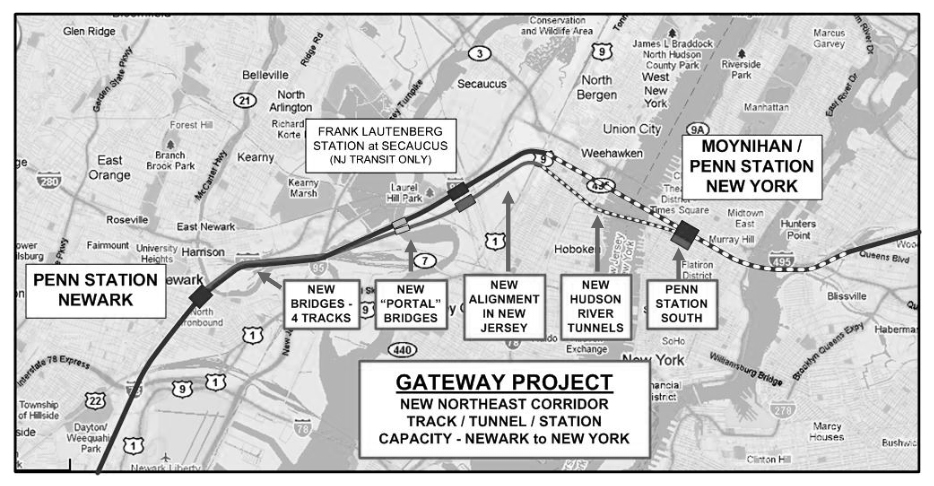Unanswered Questions on Gateway Tunnel

Senator Schumer and USDOT Secretary Buttigieg forgot to invite New York Governor Andrew Cuomo during a tour of a rail tunnel. Cuomo previously said “Who’s coming through the new Gateway [Tunnel]? It’s Amtrak, it’s Amtrak, and a few New Jersey Transit trains. Why should New York have paid for Gateway? I don’t have any trains going through Gateway.”
Cuomo has never ridden a NJ train. A majority of trains using the current Hudson River and future Gateway Tunnels are operated by NJ Transit, not Amtrak.
His claim that NY obtains no benefit from the Gateway project is incorrect. Many Metro North Port Jervis and Pascack Valley line riders change at Secaucus for NJ Transit trains bound for Penn Station via the Hudson River Tunnels.

Brooklyn Boro
View MoreNew York City’s most populous borough, Brooklyn, is home to nearly 2.6 million residents. If Brooklyn were an independent city it would be the fourth largest city in the United States. While Brooklyn has become the epitome of ‘cool and hip’ in recent years, for those that were born here, raised families here and improved communities over the years, Brooklyn has never been ‘uncool’.